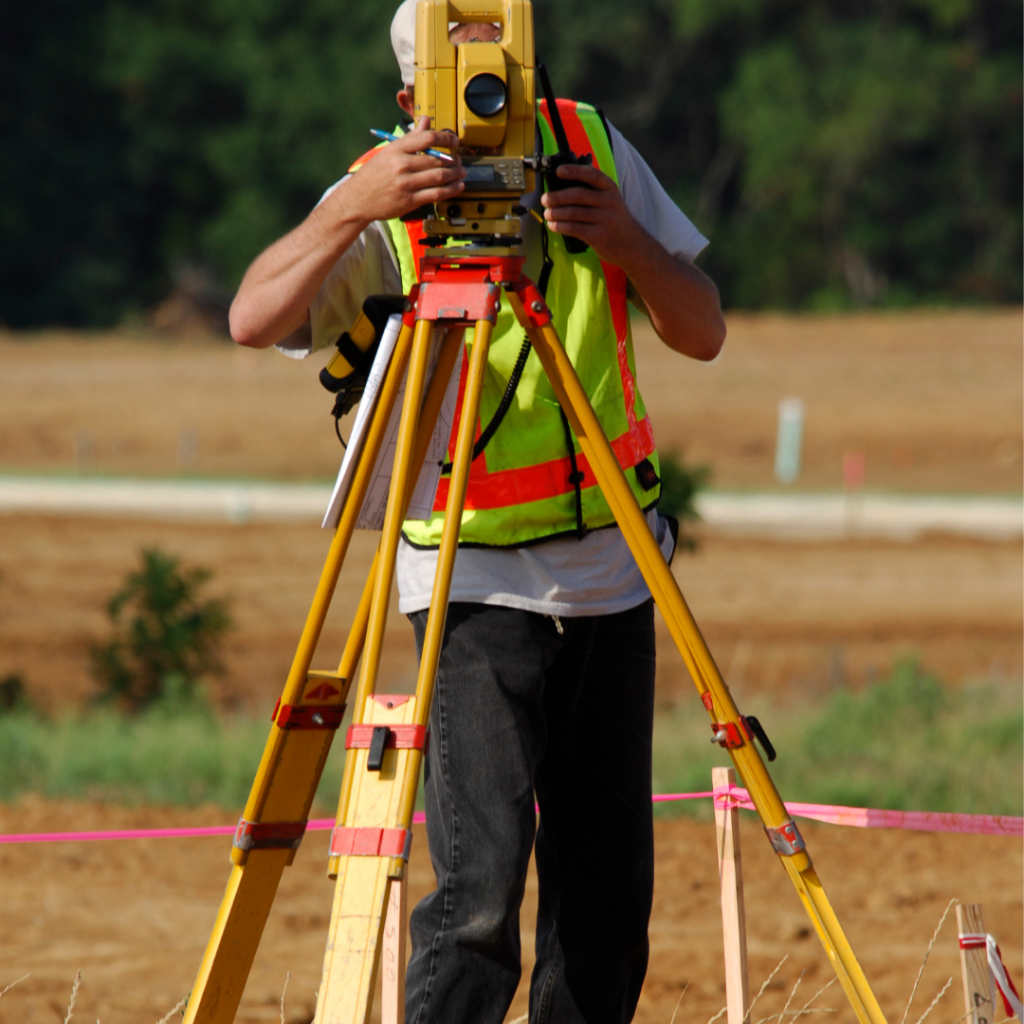News
Untangling the Vines With a Land Surveying Expert
15 November 2017

Be accompanied by the best experts in your projects
News
15 November 2017

Throughout ancient Egyptian and Roman history, or even among the Hebrews, taxes were very much part of daily life. As such, it has always been necessary for a man to declare his property, designating it by its nature, quality, and size, to pay the direct taxation on land and farming.
The first measurement technicians, called “agrimensores” or geometricians, were the land surveyors of Ancient Times, nowadays called chartered land surveyors, who were appointed to carry out these parcel identification tasks for wealthy proprietors. By their trade, they found themselves at the heart of all the procedures involving the land’s legal and technical status.
The profession of expert land surveyor was legally established by the 7 May 1946 law, which entrusted the exclusive professional authority in the public service for the delimitation of land ownership and, consequently, parcels surveying. The 1946 law also created a professional association, the OGE (Ordre des Géomètres-Experts – Association of Chartered Surveyors), representing registered surveyors in their dealings with public authorities while simultaneously regulating their activities.
The expert land surveyor has thus become an indispensable actor in the relationship between the State and the landowner. His constant role in the definition and evolution of property rights demonstrates the necessary combination of legal and technical mastery that he can provide to manage a wine estate successfully.
To provide a better understanding of your role, can you give us an example?
Land surveyor competencies will be essential within the framework of an acquisition project, upon contract signature, or while executing various administrative formalities which must be carried out by the winegrower near the Customs Administration Services and within the application of the community regulations.
Let’s take the case of the following two declarations:
– Grape Variety Declaration
Reminder: This declaration, registered in the Computerized Vineyard Record (CVI in French) at the General Directorate of Customs and Indirect Taxes, summarizes the municipal designation, cadastral identification, parcels surface area, and grape variety by parcels per vineyard property.
– Vine Planting and Uprooting Declarations
Reminder: Prior declaration to the administrative and fiscal services to obtain authorization to plant or uproot a given area.
These two declaration types require using the land parcel reference to identify the plot surface area and be able to define or identify the surface area of a planted vineyard parcel.
Hence the need to distinguish between the area used – cadastral area – vineyard area – vine-planted area – cultivated area, also called “pure culture” area – actual planted area – “flush cutting” area. Article 75 of Council Regulation (EC) No. 555/2
This surface calculation is simple when the plantation plot integrates into its whole shape of a cadastral parcel (see plan 1). However, it becomes more complex when the plantation plot combines only a part of a cadastral parcel because the notion of planted surface comes into play, including, in addition to the planted surface, the elements necessary for the proper vineyard management, such as the headlands or alleyways and ditches.
As in the case of a plantation plot partially implanted on several cadastral parcels, the surface calculation can be complex and a source of error (see plan 2).
[su_row][su_column size= »1/2″]
Plan 1
[/su_column] [su_column size= »1/2″]
Plan 2
[/su_column] [/su_row]
Today, many winegrowers call on our expertise to check their CVR and draw up these administrative declarations. The land assessment is carried out from an inventory of fixtures.
Why is it important to validate and verify this Computerized Vineyard Record (CVR) area?
Consequently, the total surface area under vines must be registered at the end of November on the Harvest Declaration.
Reminder: Harvest Declaration, indicating the exact quantities harvested and the areas used, must be submitted before 25 November 25 of the harvest year to control the yields which condition the wine market volume.
An erroneous surface area declaration can generate difficulties in declarations and contracts and affect the purchaser’s or lessee’s production potential.
Can a winegrower be submitted to a land survey audit?
CVR auditing is part of the Customs Administration Services’ ongoing assignment and is achieved through the on-site verification of winegrowers’ declarations.
An adversarial approach is favored during the field inspection, which allows the winegrowers to provide the land survey auditor, registered and selected by the Customs Administration Services, with information that they consider relevant.
The area retained may include certain elements, such as ditches, headlands, alleyways, and embankments, when necessary for the proper operation of the vineyard and justified by the land configuration.
While the on-site surface area assessment falls under the auditors’ discretionary authority, the expert surveyor’s assistance during the finding analysis by the Administration can contribute to a different interpretation considering the variable precision of the reference documents. It is important to remember that the control tools used, such as GPS, and aerial photos, despite their high technology, are sometimes far from being in harmony with cadastral plans produced at the beginning of the 20th century from a Napoleonic land registry created in the middle of the 19th century.
These CVR audits differ from the inspections carried out within the community aid provisions, which focus on measuring “flush cutting” vine-planted areas as per Article 75 of Council Regulation (EC) N° 555/2008. Under community regulations, measurement differences are managed in this case, not at the parcel level but at the farm level.
For any additional information, please get in touch with our WI&NE expert land surveyor
Ugo MARTIN
Expert Land Surveyor
Judicial expert before the Bordeaux Court of Appeal
33112 SAINT-LAURENT-MÉDOC
Article translated FR>EN by:
Nathalie Parent Dumoulin, Translator, NEXT EDITION, WI&NE Nouvelle-Aquitaine
Association
Our expertise
Association